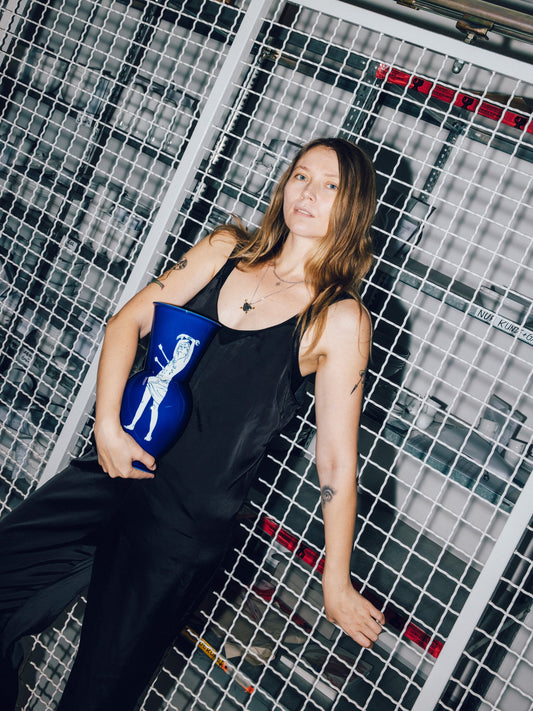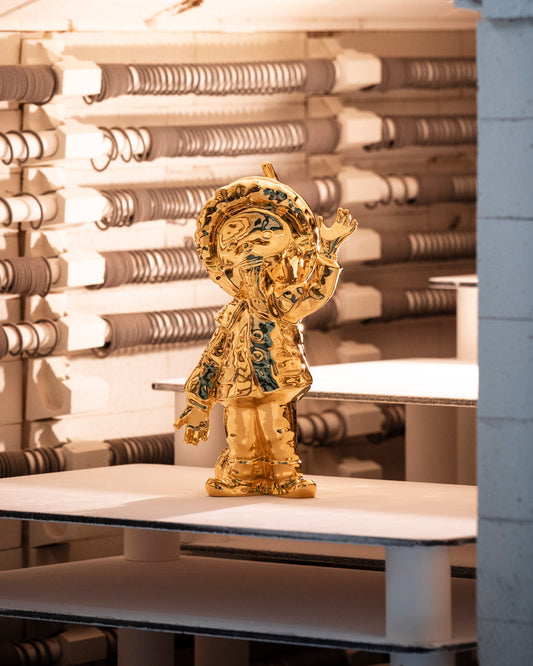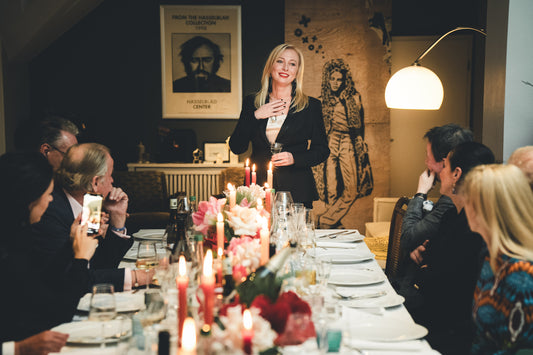HONOR TO WHOM HONOR IS DUE: THE PLAQUES OF THANKS IN THE HUMBOLDT FORUM BERLIN
In the newly built Berlin Palace, honorary plaques made of porcelain by the Königliche Porzellan-Manufaktur Berlin pay tribute to the civic commitment and commemorate the donors who made the reconstruction of the historic building possible. Discover the exciting journey from the manufactory to the palace.
In many places in the capital, KPM Berlin porcelain is part of the cityscape. For example, 500 commemorative plaques on the walls and façades of Berlin buildings commemorate outstanding personalities and special institutions in the city. Since the opening of the Humboldt Forum, the handmade plaques of thanks and honor made of porcelain have also paid tribute to the civic commitment that made the reconstruction of the Berlin Palace possible.
The Humboldt Forum in the newly built Berlin Palace is designed as a modern center for art, culture, science and education in the heart of Berlin. It is dedicated to the dialog between the cultures of the world and focuses on historical and current topics from different perspectives. 45,000 private donors financed the restoration of the exterior and the reconstructed façade in the inner courtyards to the tune of 105 million euros.
14 individual porcelain plaques in Portal III under the dome commemorate the palace patrons who have donated one million or more euros. Mounted on the side walls, they consist of a relief portrait made of KPM porcelain, the donor's name and a thank-you text that was individually agreed with the donor. Two donors chose not to have portraits and instead chose sunflowers and roses as their motif.
First in clay and then in plaster, the stonemason and sculptor Frank Kösler produced the models for the honorary plaques. The working molds were made by hand in the model workshop at KPM Berlin. After several trial casts and the elaborate finishing of the plaques, they were dried at 70 degrees in a drying oven. This removed the moisture from the porcelain mass and prevented the plates from bursting during firing. Only then did the two-day firing take place at 1300 degrees, a lower temperature than usual. A test firing had shown that the plates could crack at higher temperatures.


